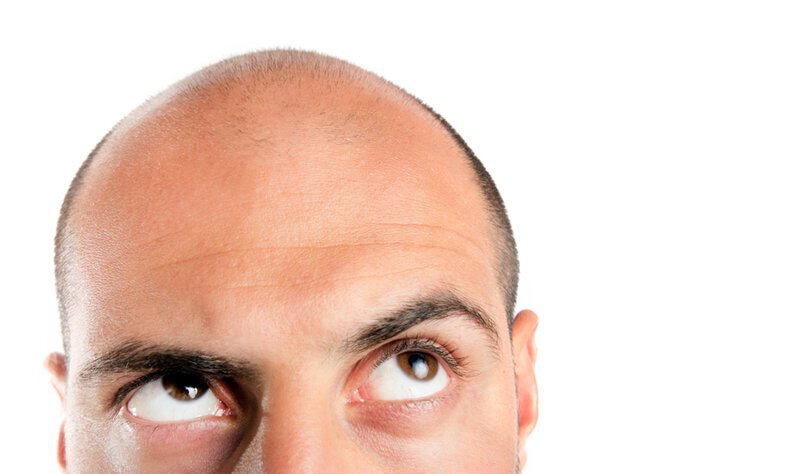If you're thinking about scheduling hair restoration surgery with Marotta Hair Restoration Specialists, you may have some initial concerns. What does the procedure consist of? Is it really the best way to restore hair? Is there discomfort? Will my doctor empathize with my trepidations? The list goes on and on.
Often, however, it's best to set aside those questions and look at the big picture instead. And this big-picture approach consists of answering the following questions: Do other people restore their hair? How long do people restore their hair for? Do men and women both opt for hair transplants, or is it just men? These kind of questions can be answered by examining the broader hair restoration market as a whole. So, let's do this by exploring a recent report published by the International Society of Hair Restoration Surgery, the 2015 Practice Census Results.
This report details a number of key pieces of information regarding hair restoration in both men and women. Some of these included worldwide volume of surgical hair restoration procedures, demographic information regarding how the procedure differs for men and women and how long both genders have been "practicing hair restoration." The ISHRS pulled the information from 274 of the 899 valid email invitations that were sent to ISHRS physician members.
1. Do other people restore their hair?
Yes! While the ISCHS report is only one sample of people who opt for hair transplants, it's a good representation of how people think and behave worldwide. Overall, the ISCHS has 1,200 members in 70 countries, so its sample size is very diverse.
In 2014, 66 percent of ISHRS members performed hair transplants between zero and 199 times. The average number stood at 183 treatments. This likely indicates at least two important characteristics of procedures: 1) transplants were successful and 2) people felt comfortable having the procedure completed more than once. During the same year, 75 percent of those surveyed had close to 20 surgical procedures done per month!

Schedule a hair transplant with Marotta Hair Restoration to restore those once great locks.
2. How long have people been restoring their hair?
As of 2015, the ISHRS reported that about 21 percent of those surveyed had been practicing hair restoration for 3 to 5 years, and 22 percent between 6 to 10 years. These numbers also likely point totwo important points about hair restoration that can benefit new patients: 1) Physicians need to help patients set expectations prior to their appointments;patients must realize that, for their expectations to be met, multiple treatments may need to be performed; and 2) The data clearly shows that hair transplantation, when done by a board-certified plastic physician, is a tried-and-true practice. ISHRS members likely had little to no reservations about having the operation done many times. You'd think that if they did, they would have stopped immediately.
3. Do men and women both schedule hair restoration treatments?
Yes! According to the American Hair Loss Association, 40 percent of all hair loss sufferers are women. So, if you're a woman and feel slightly uncomfortable about scheduling a hair transplant, don't! Unfortunately, social norms have forced much of American society to believe that hair transplants are only for men, and that it's not an acceptable procedure for women. These norms couldn't be more of out whack.
According to ISHRS' report, 65 percent of women cited feeling self-conscious about their thinning hair as the reason they opted for a hair transplant. About 16 percent selected "more acceptance of hair restoration surgery as a permanent solution for hair loss."
Considering your own plan? Explore our detailed hair restoration treatment overview and meet with our trusted plastic surgery clinic so we can personalize these ISHRS insights to your goals.
